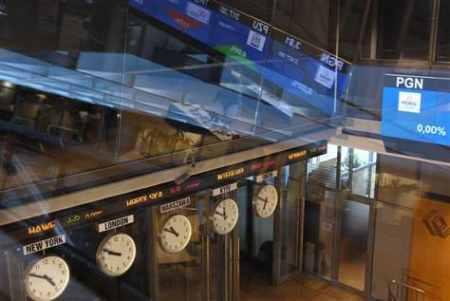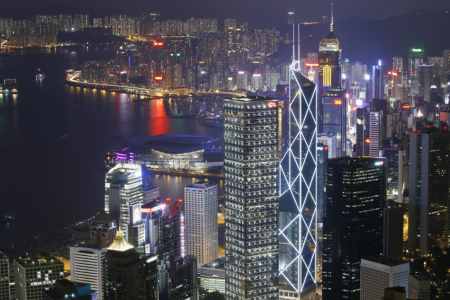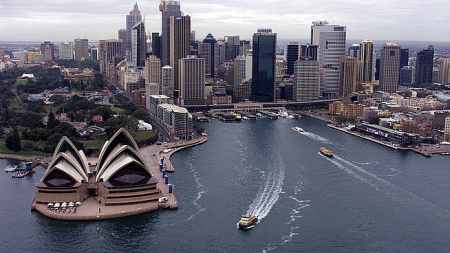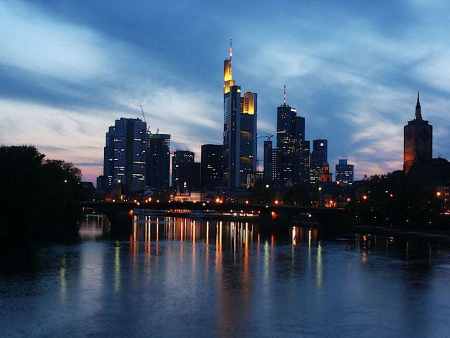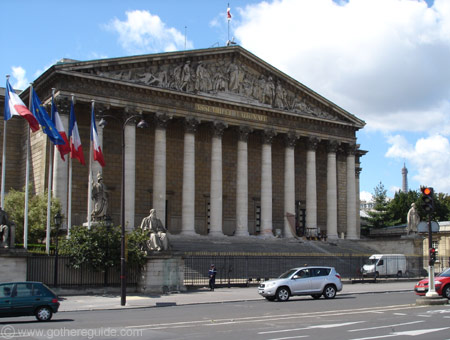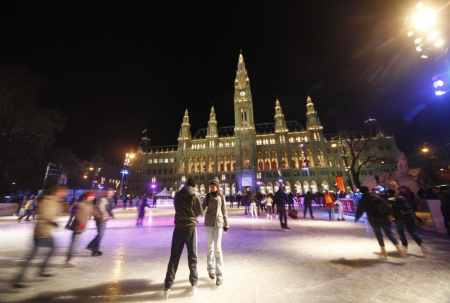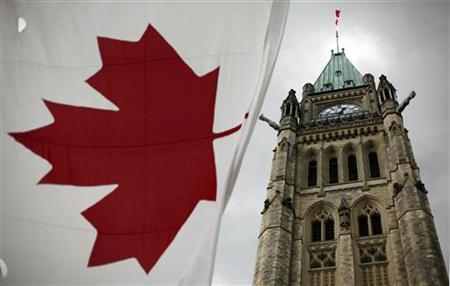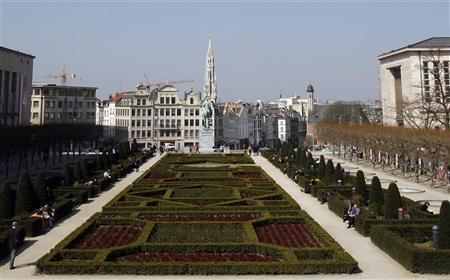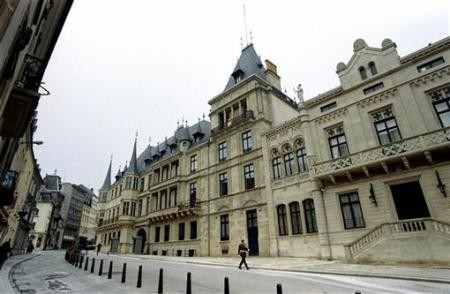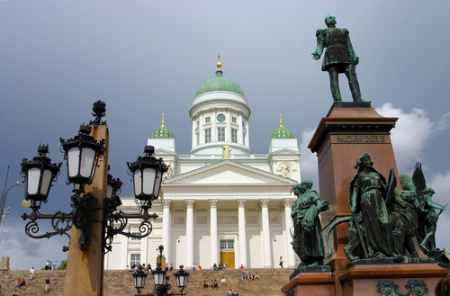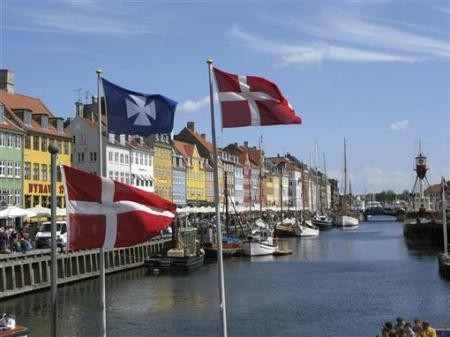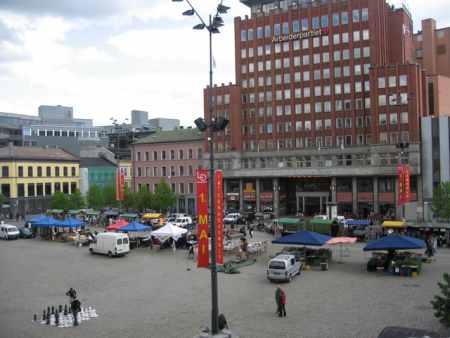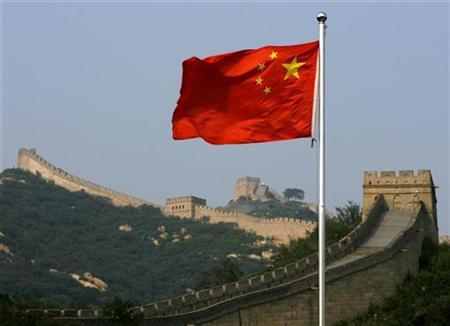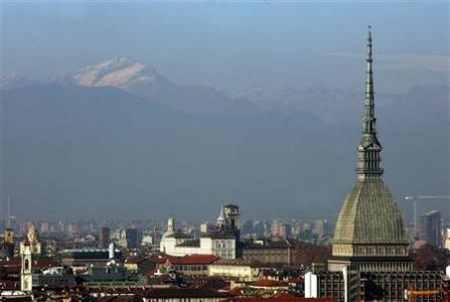 | « Back to article | Print this article |
What makes these nations attractive for business?
To maintain a strong and mature economic growth, countries around the globe are focusing on attracting foreign investments. For this, many nations are working on developing easy policies and laws for foreign investors.
Here, we present you a Bloomberg study which ranks the world's top nations for conducting business. These nations were analyzed on six major criteria, including cost of starting a business, cost of labor and materials and the cost involved in moving goods.
The study also highlights how integrated each country is into the global economy, the willingness of its consumer base to participate in economic activity and less tangible costs such as corruption and property rights protection.
For Rediff Realtime News, click here
Click NEXT to read more...
What makes these nations attractive for business?
Hong Kong
Overall Rank: 1
Economic Integration: 13
Business Startup Cost: 2
Labor/Material Cost: 2
Transport Cost: 5
Less Tangible Costs: 2
Local Consumer Base: 1
Hong Kong's economy has undergone a remarkable transformation in the past two decades. As one of the world's leading international financial centres, Hong Kong has a major capitalist service economy characterised by low taxation and free trade, and the currency, Hong Kong dollar, is the ninth most traded currency in the world.
Click NEXT to read more...
What makes these nations attractive for business?
Netherlands
Overall Rank: 2
Economic Integration: 10
Business Startup Cost: 1
Labor/Material Cost: 3
Transport Cost: 4
Less Tangible Costs: 5
Local Consumer Base: 8
Netherlands' economy is the 16th largest one in the world with a GDP that is 4 per cent higher than the EU average. The Netherlands, also known as Holland, has an open economy, with minimal interference from the government.
Click NEXT to read more...
What makes these nations attractive for business?
United States
Overall Rank: 3
Economic Integration: 14
Business Startup Cost: 9
Labor/Material Cost: 1
Transport Cost: 3
Less Tangible Costs: 13
Local Consumer Base: 20
A lot is said and speculated about the US economy. Even then, rhe economy of the United States is the world's largest national economy. Its nominal GDP was estimated to be over $15 trillion in 2011, approximately a quarter of nominal global GDP. Further, US business firms enjoy greater flexibility than their counterparts in Western Europe and Japan in decisions to expand capital plant, to lay off surplus workers, and to develop new products.
Click NEXT to read more...
What makes these nations attractive for business?
United Kingdom
Overall Rank: 4
Economic Integration: 2
Business Startup Cost: 12
Labor/Material Cost: 10
Transport Cost: 9
Less Tangible Costs: 6
Local Consumer Base: 13
UK is one of the world's most globalised countries. In fact, London is the world's largest financial centre alongside New York and has the largest city GDP in Europe. As of December 2010 the UK had the third-largest stock of both inward and outward foreign direct investment.
Click NEXT to read more...
What makes these nations attractive for business?
Australia
Overall Rank: 5
Economic Integration: 12
Business Startup Cost: 8
Labor/Material Cost: 6
Transport Cost: 7
Less Tangible Costs: 14
Local Consumer Base: 3
Australia's abundant and diverse natural resources attract high levels of foreign investment and include extensive reserves of coal, iron ore, copper, gold, natural gas, uranium, and renewable energy sources. In 2011, it was the 13th largest national economy by nominal GDP, representing about 1.7 per cent of the world economy. Australia was also ranked the 19th largest importer and 19th largest exporter.
Click NEXT to read more...
What makes these nations attractive for business?
Germany
Overall Rank: 6
Economic Integration: 1
Business Startup Cost: 19
Labor/Material Cost: 17
Transport Cost: 1
Less Tangible Costs: 1
Local Consumer Base: 4
Germany is the largest national economy in Europe, the fourth-largest by nominal GDP in the world, and fifth by GDP (Purchasing Power Parity) in 2008. It is also Europe's leading exporter of machinery, vehicles, chemicals, and household equipment and benefits from a highly skilled labor force.
Click NEXT to read more...
What makes these nations attractive for business?
Japan
Overall Rank: 7
Economic Integration: 4
Business Startup Cost: 1
Labor/Material Cost: 7
Transport Cost: 8
Less Tangible Costs: 9
Local Consumer Base: 7
Japan's economy is the third largest in the world after US and China. It is also the world's second largest developed economy. According to the International Monetary Fund, the country's per capita GDP (PPP) was at $34,362 or the 24th highest in 2011.
Click NEXT to read more...
What makes these nations attractive for business?
France
Overall Rank: 8
Economic Integration: 3
Business Startup Cost: 5
Labor/Material Cost: 13
Transport Cost: 10
Less Tangible Costs: 16
Local Consumer Base: 2
France is in the midst of transition from a well-to-do modern economy that has featured extensive government ownership and intervention to one that relies more on market mechanisms. It maintains a strong presence in some sectors, particularly power, public transport, and defense industries.
Click NEXT to read more...
What makes these nations attractive for business?
Austria (Reuters)
Overall Rank: 9 (tie)
Economic Integration: 7
Business Startup Cost: 11
Labor/Material Cost: 8
Transport Cost: 12
Less Tangible Costs: 15
Local Consumer Base: 11
Austria, with its well-developed market economy, skilled labor force, and high standard of living, is closely tied to other EU economies. Austria is one of the 12 richest countries in the world in terms of GDP per capita, has a well-developed social market economy, and a high standard of living.
Click NEXT to read more...
What makes these nations attractive for business?
Singapore
Overall Rank: 9 (tie)
Economic Integration: 17
Business Startup Cost: 4
Labor/Material Cost: 15
Transport Cost: 6
Less Tangible Costs: 7
Local Consumer Base: 18
Singapore has a highly developed and successful free-market economy. It enjoys a remarkably open and corruption-free environment, stable prices, and a per capita GDP higher than that of most developed countries. The economy depends heavily on exports, particularly in consumer electronics, information technology products, pharmaceuticals, and on a growing financial services sector.
Click NEXT to read more...
What makes these nations attractive for business?
Switzerland
Overall Rank: 11
Economic Integration: 16
Business Startup Cost: 6
Labor/Material Cost: 5
Transport Cost: 18
Less Tangible Costs: 8
Local Consumer Base: 9
Switzerland is a peaceful, prosperous, and modern market economy with low unemployment, a highly skilled labor force, and a per capita GDP among the highest in the world. Its policy of long-term monetary security and political stability has made Switzerland a safe haven for investors, creating an economy that is increasingly dependent on a steady tide of foreign investment.
Click NEXT to read more...
What makes these nations attractive for business?
Canada
Overall Rank: 12
Economic Integration: 5
Business Startup Cost: 20
Labor/Material Cost: 4
Transport Cost: 14
Less Tangible Costs: 10
Local Consumer Base: 6
Canada has the tenth largest economy in the world (measured in US dollars at market exchange rates), is one of the world's wealthiest nations. Canada enjoys a substantial trade surplus with the US, which absorbs about three-fourths of Canadian exports each year.
Click NEXT to read more...
What makes these nations attractive for business?
Belgium
Overall Rank: 13
Economic Integration: 18
Business Startup Cost: 15
Labor/Material Cost: 9
Transport Cost: 11
Less Tangible Costs: 18
Local Consumer Base: 15
This modern, private-enterprise economy has capitalized on its central geographic location, highly developed transport network, and diversified industrial and commercial base.
Click NEXT to read more...
What makes these nations attractive for business?
Sweden
Overall Rank: 14
Economic Integration: 11
Business Startup Cost: 7
Labor/Material Cost: 20
Transport Cost: 15
Less Tangible Costs: 3
Local Consumer Base: 12
Strong exports of commodities and a return to profitability by Sweden's banking sector drove the strong rebound in 2010, which continued in 2011, and the government is proposing stimulus measures in the 2012 budget to curb the effects of a global economic slowdown and boost employment and growth.
Click NEXT to read more...
What makes these nations attractive for business?
Luxembourg
Overall Rank: 15
Economic Integration: 20
Business Startup Cost: 3
Labor/Material Cost: 12
Transport Cost: 16
Less Tangible Costs: 11
Local Consumer Base: 19
This small, stable, high-income economy - benefiting from its proximity to France, Belgium, and Germany - has historically featured solid growth, low inflation, and low unemployment.
Click NEXT to read more...
What makes these nations attractive for business?
Finland
Overall Rank: 16
Economic Integration: 6
Business Startup Cost: 16
Labor/Material Cost: 19
Transport Cost: 13
Less Tangible Costs: 12
Local Consumer Base: 14
Finland has a highly industrialised, mixed economy with a per capita output equal to that of other western economies such as France, Germany, Sweden or the UK. The largest sector of the economy is services at 65.7 per cent, followed by manufacturing and refining at 31.4 per cent.
Click NEXT to read more...
What makes these nations attractive for business?
Denmark
Overall Rank: 17
Economic Integration: 15
Business Startup Cost: 10
Labor/Material Cost: 18
Transport Cost: 19
Less Tangible Costs: 4
Local Consumer Base: 5
This thoroughly modern market economy features a high-tech agricultural sector, state-of-the-art industry with world-leading firms in pharmaceuticals, maritime shipping and renewable energy, and a high dependence on foreign trade. The Danish economy is also characterised by extensive government welfare measures, an equitable distribution of income, and comfortable living standards.
Click NEXT to read more...
What makes these nations attractive for business?
Norway
Overall Rank: 18
Economic Integration: 9
Business Startup Cost: 14
Labor/Material Cost: 16
Transport Cost: 17
Less Tangible Costs: 17
Local Consumer Base: 10
The Norwegian economy is a prosperous bastion of welfare capitalism, featuring a combination of free market activity and government intervention. The government controls key areas, such as the vital petroleum sector, through large-scale state-majority-owned enterprises.
Click NEXT to read more...
What makes these nations attractive for business?
China
Overall Rank: 19
Economic Integration: 19
Business Startup Cost: 18
Labor/Material Cost: 11
Transport Cost: 2
Less Tangible Costs: 20
Local Consumer Base: 17
It is the world's second largest economy after the US. China is the world's fastest-growing major economy, with growth rates averaging 10 per cent over the past 30 years. China is also the largest exporter and second largest importer of goods in the world.
Click NEXT to read more...
What makes these nations attractive for business?
Italy
Overall Rank: 20
Economic Integration: 8
Business Startup Cost: 13
Labor/Material Cost: 14
Transport Cost: 20
Less Tangible Costs: 19
Local Consumer Base: 16
The Italian economy is driven in large part by the manufacture of high-quality consumer goods produced by small and medium-sized enterprises, many of them family owned. Italy also has a sizable underground economy, which by some estimates accounts for as much as 15 per cent of GDP.
